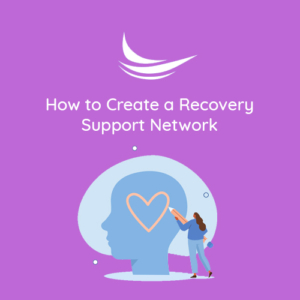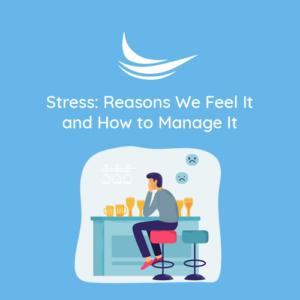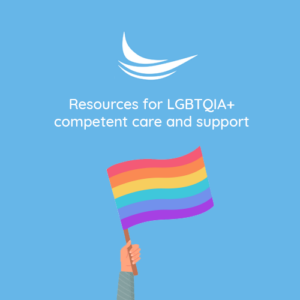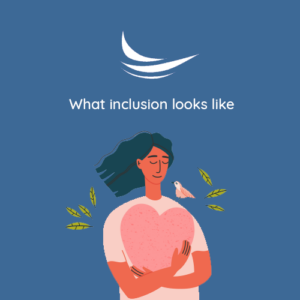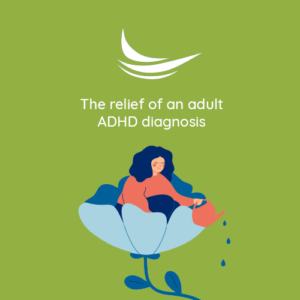The Power of Explanatory Styles
 How do you make sense of all the events in your life? This includes the highs and lows and all the times you may be coasting along in neutral. The twists and turns may include enjoyable adventures, but can also include stressors, hardships, and tragedies. The unexpected events in which there is a lack of control are difficult to navigate. Not having at least one supportive person who can help you through these times makes it challenging.
How do you make sense of all the events in your life? This includes the highs and lows and all the times you may be coasting along in neutral. The twists and turns may include enjoyable adventures, but can also include stressors, hardships, and tragedies. The unexpected events in which there is a lack of control are difficult to navigate. Not having at least one supportive person who can help you through these times makes it challenging.
Think about the things you have experienced so far—the good, the bad, and everything in between. This includes milestones and achievements, celebrations, moments with special people, and time spent doing things you love. This also entails failures and regret, periods of isolation, loneliness, and states of high anxiety and fear. You may try hard to avoid thinking about distressing things. Some people get stuck in the place of negativity—replaying the should of, could of’s. Often the everyday moments in the present do not get much attention, while regrets of the past and worries of the future take center stage. You may miss out on a big chunk of life when it is hard to move forward.
In his book, “Learned Optimism”: How to Change Your Mind and Change Your Life, Martin E.P. Seligman, PhD writes about how one’s explanatory style amid setbacks factors into optimistic and pessimistic outlooks.
The three big ones include the following–
- Permanence (permanent vs. temporary)
- Pervasiveness (specific vs. universal)
- Personalization: (internal vs. external)
Making personal, permanent, and pervasive explanations for bad events was identified as especially self-defeating. The individual tends to internal things as their fault and see circumstances as unchangeable. This contrasts with seeing events as temporary, specific, and external.
- Do you believe that the causes of bad events are permanent or temporary? What about the causes of good events?
- Have you ever told yourself that things will never get better? This is a permanent (pessimistic) example. A more optimistic way to think considers circumstances as temporary.
- Do you consider specific examples, or make universal generalizations based on your recent experience(s)?
When bad things happen, people can blame themselves and internalize problems or externalize problems by considering other people involved, their responsibility for the problem, and the impact of circumstances outside of their control. While it is important to take responsibility for behavior, it can be helpful to utilize externalization of the problem. For example, “I grew up around addiction” is more optimistic than “I am co-dependent” which is more pessimistic. This outlook gives a different perspective on the “root” of the problem and can help reduce the level of stress and improve depressed mood.
One of the most effective ways to change your explanatory style and learn how to think positively is by utilizing cognitive behavioral therapy to change your thoughts. Changing your thoughts impacts how you feel and how you act. Cognitive-behavioral therapy (CBT) is particularly effective for mood disorders such as anxiety, depression, bipolar disorder, and related concerns. CBT is a foundational strategy utilized within talk therapy and learning strategies can positively change the quality of life.
Written By: Charlotte Johnson, MA, LPCC


